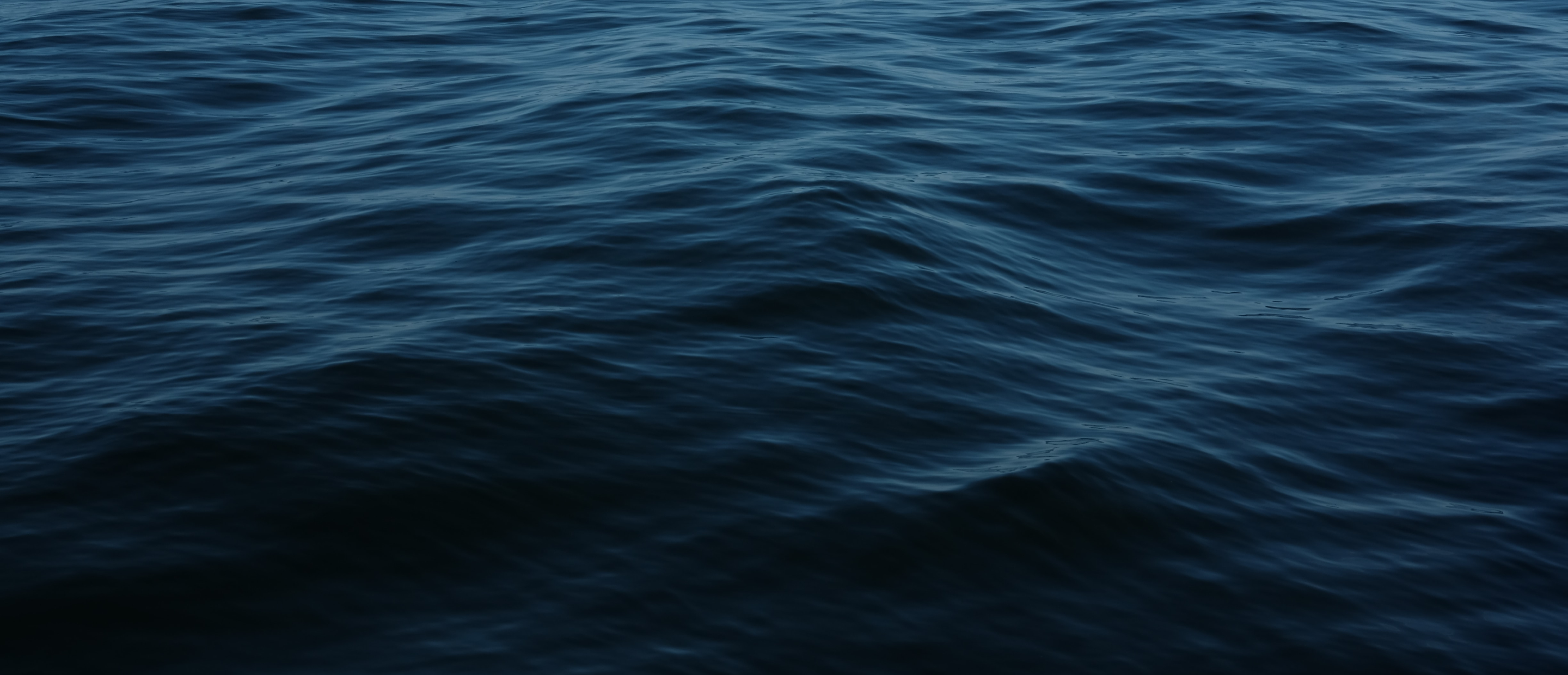About the Chesapeake Bay Foundation
Established in 1966, the Chesapeake Bay Foundation (CBF) is the largest regional nonprofit conservation organization dedicated to saving the Chesapeake Bay, its rivers and streams, and the wildlife that call it home through education, advocacy, litigation, and restoration. Since 2010, CBF has engaged in a focused effort to defend and implement the Chesapeake Clean Water Blueprint, a binding federal and state collaborative agreement aimed at reducing pollution to the science-based, legally-affirmed levels established by the U.S. Environmental Protection Agency (EPA). The Blueprint is expected to be fully implemented by 2025. If the states and the federal government achieve Blueprint goals, the Bay will finally—after decades of failed efforts—be removed from the Clean Water Act's impaired waters list. Successfully implementing the Blueprint depends on a well-informed, engaged, active, and diverse constituency of members, advocates, and volunteers who speak up and take action to save the Bay.
CBF has a staff of approximately 230 employees working in offices in Annapolis, Maryland; Richmond and Virginia Beach, Virginia; Harrisburg, Pennsylvania; and Washington, D.C. as well as 15 field education program locations. Our staff and volunteer corps work throughout the region educating students and adults, advocating for clean water policies, restoring waterways, and litigating when necessary.
CBF's headquarters office in Annapolis, Maryland is the Philip Merrill Environmental Center, the world's first U.S. Green Build Council's LEED platinum building. In 2014, CBF opened the Brock Environmental Center—one of the world's most energy efficient, environmentally smart buildings—in Virginia Beach, Virginia.
CBF has 200,000 members and supporters and an annual budget of approximately $30 million. For more information on CBF, please visit our About CBF page.
About the Hiring Department
Environmental Protection and Restoration (EPR)
CBF's Environmental Protection and Restoration department defends and restores the Chesapeake Bay by protecting the Bay's natural resources from pollution and other harmful activities by fighting for strong and effective laws and regulations; restoring the Bay's essential habitats and filtering mechanisms; and involving citizens in CBF's environmental efforts by recruiting, training, and incorporating them as effective partners and leaders.
Context of the Position
The Remote Sensing Technician will help CBF analyze and interpret remotely sensed data streams from 3 distinct sensors surveying restored oyster reefs in Chesapeake Bay. In a partnership with Northrop Grumman’s Technology for Conservation program, CBF has been developing side scan sonar, acoustic spectrographs and ROV video footage to non-destructively sample restored oyster reefs at various spatial scales. These data streams are large and complex and will require significant post-processing under supervision of CBF staff and Northrop Grumman engineers to yield useful data in oyster reef management
Essential Functions
1. Liaise between CBF and Northrop Grumman staff on hardware and software maintenance and logistics for deployment, retrieval and data acquisition and post-processing.
2. Manage the maintenance, updating, and storage of remotely-sensed and post-processed data at different scales with CBF’s GIS team to create overlays to existing oyster polygon and tabular monitoring data to update CBF Oyster Monitoring geodatabase.
3. Participate in NOAA Rapid Assessment Protocol (RAP) Team to integrate CBF data into the existing classification scheme and assist with publication of results.
4. Analyze oyster reef health for surveyed reefs using the RAP classification system as modified for the 3 sensor data streams and prepare a presentation on the use of remote sensing technology to characterize restoration success, change over time in restored reefs and adaptive management needs.
5. Work with Northrop Grumman staff to train Artificial Intelligence algorithms to automatically “score” reefs at different scales to the RAP classification system and recognize and tabulate recorded sound frequencies of common soniferous reef species such as oyster toadfish, croakers, snapping shrimp, etc.
6. Develop research design for larval attractant studies using soundscapes recorded from hydrophones to be conducted in summer 2024 oyster spawning season.
Professional Experience and Qualifications
Academic and/or industry training in remote sensing, image interpretation and production of mosaics, machine learning, acoustic spectrography, GIS, data management and visualization. Demonstrated familiarity with the care, maintenance, transport and inspection of electronic hardware, watertight casings, battery chargers and associated deployment gear for small boat operations necessary to deploy remote sensing systems. Demonstrated familiarity with game controllers, laptop computers, audio spectrographic visualization programs, data post-processing theory, storage and archiving of large data files. Willingness to push the envelope, solve problems, work independently.
This position involves working in an office setting as well as outdoors in and on the water. Applicants must be able to lift at least 30 pounds and be comfortable on boats. Hybrid work is possible with prior approval of the supervisor.
Salary Range: $25/houly/part-time
How to Apply
Using the link below, please submit a cover letter and resume no later than October 1, 2023.
Apply Now
CBF offers a 36-hour work week, a flexible telework policy, a comprehensive benefits package to include: 20 vacation days, 10 sick days, 2 floating holidays, health, vision, dental, life insurance, and a 403(b) retirement plan with matching contribution. Learn more about CBF Benefits.

